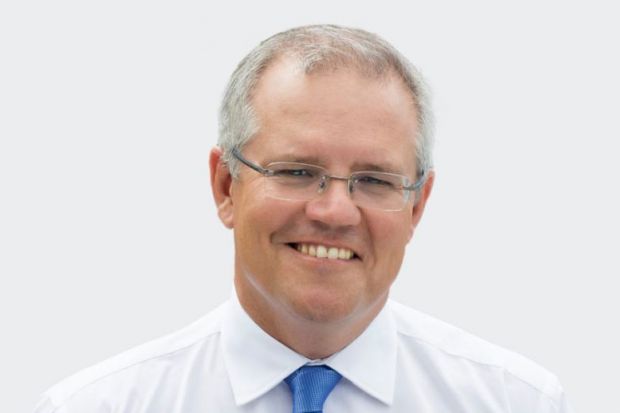The biggest shock result in a generation of Australian politics has secured the ruling Liberal-National coalition another term of government, and consigned the country’s higher education system to another term of go-slow growth.
Sector figures had hoped for a victory by the opposition Labor Party, an outcome flagged in dozens of polls. Labor had committed to bankrolling unlimited numbers of undergraduate places, raising research spending and establishing an A$300 million (£162 million) future fund for university infrastructure and an A$174 million programme to foster participation in underprivileged communities.
It had also said it would consider reviving an A$3.9 billion higher education and research infrastructure fund.
The Coalition has committed to funding limited growth in undergraduate places from next year among universities that meet as yet unspecified performance targets. The extra money is likely to start at about A$70 million, barely enough to cover inflation.
The government also has a slew of reform processes in train, with inquiries under way into Australia’s qualifications framework, higher education provider categories and allocation of funding for postgraduate places, among other matters. A Coalition loss may have jeopardised these processes, as Labor had committed to a thorough review of post-school education.
If the reform processes necessitate legislation, the government may struggle to implement them. The morning after the 18 May election it was still two seats short of an outright majority in the 150-seat House of Representatives, with a handful of electorates yet to be decided.
If the Coalition achieves a majority in the lower house it may battle to shepherd legislation through the Senate. With vote counting still under way to determine the final make-up of the house of review, the indications were that Labor and the Greens would have the numbers to defeat government legislation unless the Coalition won the support of most independent and minor party senators.
The Coalition offered far fewer local sweeteners during the election campaign than the dozen-plus proffered by Labor. But the election outcome looks to have secured Central Queensland University an extra A$30 million to establish a School of Mining and Manufacturing, while Monash University will share government funding of A$15 million towards a sports and medical research hub run in conjunction with a Melbourne football club.
Regional universities will also benefit from an extra A$134 million for university places, study hubs and scholarships, announced last November, and a March pledge of A$94 million towards scholarships to entice international students into rural areas. Both of these moves are being financed through cuts to other education and research funding schemes.
Universities face a likely wait of several days to learn the identity of their education minister, with cabinet reshuffles common after election wins by incumbent governments. Shadow education minister Tanya Plibersek has indicated that she will consider standing to be opposition leader, after former leader Bob Shorten vowed to step down.
The final stages of the election were overshadowed by the death on 16 May of Labor luminary Bob Hawke, the 1980s prime minister who oversaw major changes in Australia including an escalation of higher education and the introduction of student fees backed by income-contingent loans.
Another former prime minister, Tony Abbott, has bowed out of politics after losing what had previously been a safe Liberal seat. Mr Abbott presided over a 2014 budget in which the government unsuccessfully attempted to slash higher education spending and deregulate tuition fees.




